
تتطلب المتطلبات القاسية للتعدين تحت الأرض قوة, موثوق, والمعدات الآمنة. عندما يتعلق الأمر بالحركة العمودية – رفع الخام, خفض الأفراد والإمدادات, أو التعامل مع مكونات الآلات الثقيلة – تعتبر الرافعة الكهربائية للتعدين بمثابة العمود الفقري الذي لا غنى عنه. إن اختيار نظام الرفع المناسب لا يتعلق فقط بالقوة; يتعلق الأمر بزيادة الإنتاجية إلى الحد الأقصى, ضمان سلامة العمال, وتقليل وقت التوقف عن العمل في البيئة الصعبة تحت الأرض. دعونا نتعمق في سبب أهمية الرافعات الكهربائية في العمليات الحديثة تحت الأرض.
الدردشة عبر الإنترنتبالمقارنة مع البدائل الهوائية أو الديزل, توفر الرافعات الكهربائية مزايا مميزة مهمة بالنسبة للمحصورة, المساحات الخطرة تحت الأرض:
1. تعزيز السلامة: الرافعات الكهربائية تقضي على أبخرة العادم (عامل حاسم تحت الأرض), تقليل مخاطر الحرائق المرتبطة بالوقود القابل للاشتعال, وتوفر تحكمًا فائقًا للتعامل الدقيق مع الحمل. تتميز الطرازات المتقدمة بفرامل آمنة من الفشل, حماية الحمل الزائد, وأنظمة التوقف في حالات الطوارئ.
2. كفاءة أكبر & قوة: المحركات الكهربائية تقدم متسقة, عزم دوران عالي منذ بدء التشغيل, تمكين التسارع والتباطؤ أكثر سلاسة. وهذا يترجم إلى أوقات دورة أسرع وإنتاجية أعلى. كما أنها أكثر كفاءة في استخدام الطاقة بشكل ملحوظ من الأنظمة الهوائية.
3. التحكم الدقيق: يستفيد المشغلون من التحكم الدقيق في السرعة, مما يسمح بتحديد المواقع الدقيقة للأحمال, ضروري لمهام مثل تركيب المعدات أو صيانتها في أعمدة أو توقفات ضيقة.
4. انخفاض تكاليف التشغيل: انخفاض استهلاك الطاقة, متطلبات صيانة أقل (مقارنة بالأنظمة الهوائية المعقدة), ويساهم عمر المكونات الأطول في انخفاض التكلفة الإجمالية للملكية.
5. انخفاض الضوضاء: تعمل الرافعات الكهربائية بشكل أكثر هدوءًا من نظيراتها الهوائية, تحسين بيئة العمل والتواصل.
6. التوافق & اندماج: يتكامل بسهولة مع أنظمة التحكم في الألغام الحديثة, السماح للمراقبة عن بعد, التشخيص, وتسلسل التشغيل الآلي.
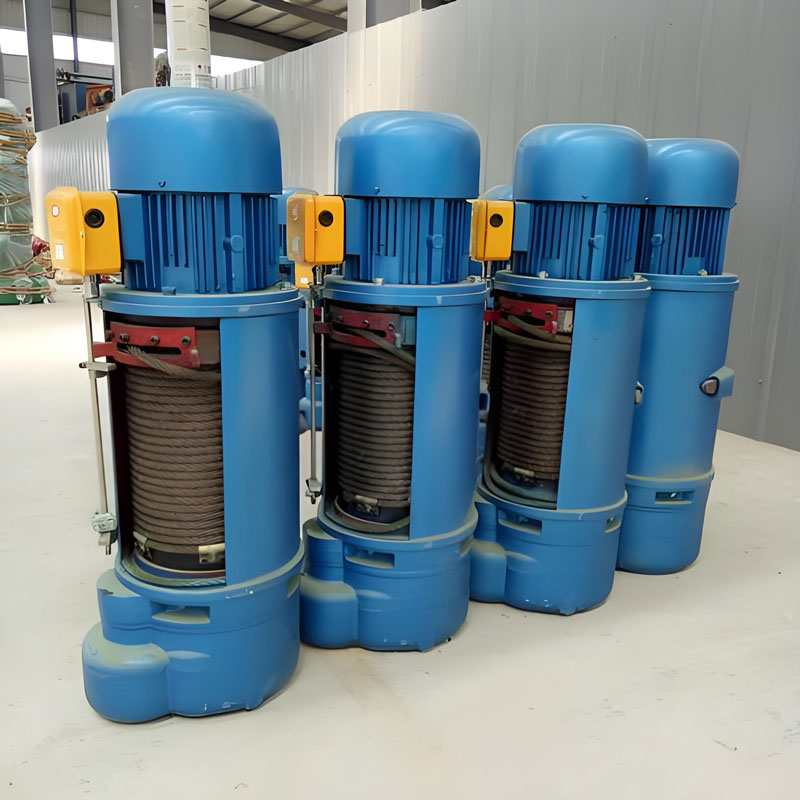
تتميز رافعات التعدين الكهربائية بأنها متعددة الاستخدامات ويمكن استخدامها في العديد من المهام الحاسمة:
خام & التعامل مع النفايات: رفع المواد المستخرجة من مستويات الإنتاج إلى المستويات السطحية أو المتوسطة للمعالجة.
نقل الموظفين: إنزال عمال المناجم ورفعهم بأمان في أقفاص مخصصة للموظفين داخل الأعمدة.
معدات & حركة العرض: إنزال الآلات الثقيلة (مثل التدريبات, لوادر, أجزاء), مواد البناء, المتفجرات (في الحاويات المعتمدة), واللوازم العامة في المنجم.
رمح الغرق & تطوير: ضروري لنقل الموظفين, طين, والمواد أثناء بناء مهاوي جديدة أو الانخفاضات.
تهوية & بنية تحتية: تركيب وصيانة قنوات التهوية, الأنابيب, وغيرها من البنية التحتية تحت الأرض.
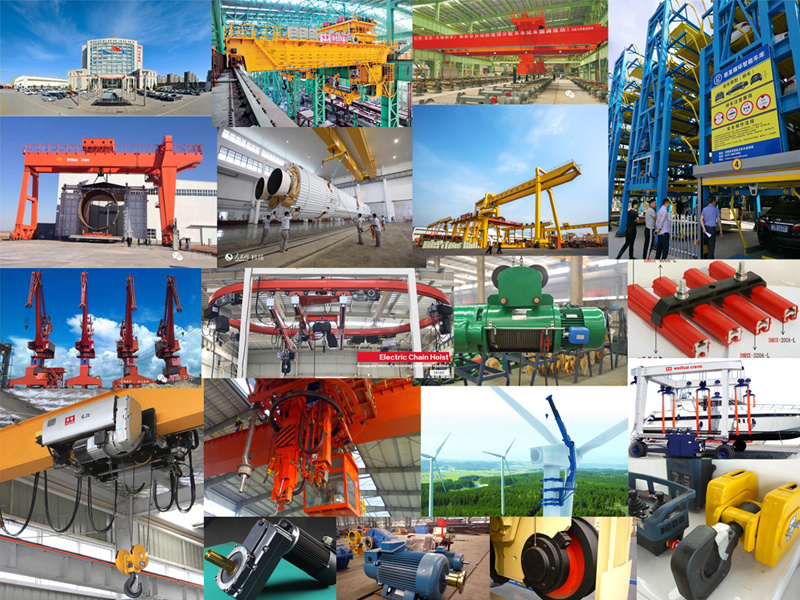
يتطلب اختيار الرافعة المثالية دراسة متأنية لاحتياجات العملية الخاصة بك:
سعة التحميل & دورة العمل: ما هو الحد الأقصى للوزن الذي يجب رفعه? كم مرة وإلى متى ستعمل الرافعة? (واجب مستمر مقابل. واجب متقطع).
ارتفاع ارتفاع & سرعة: يؤثر عمق العمود أو الميل وسرعات الرفع/الخفض المطلوبة بشكل مباشر على قوة المحرك وحجم الأسطوانة/الحبل.
نوع الرافعة:
رافعات الطبل: النوع الأكثر شيوعا. حبل سلكي يلتف مباشرة على الأسطوانة. مثالية لأعماق مختلفة وتحديد المواقع بدقة. يمكن أن تكون طبلة واحدة أو طبلة مزدوجة.
احتكاك (ينسخ) الرافعات: استخدم الاحتكاك بين الحبل والعجلة المدفوعة (يحزم). تتطلب حبال ذيل ولكنها أكثر كفاءة للأعمدة العميقة جدًا والأحمال الثابتة. تقديم مزايا السلامة الكامنة في حالات الرياح الزائدة.
نظام التحكم: التحكم الأساسي في الرافعة مقابل. محرك التردد المتغير المتقدم (VFD) الأنظمة التي توفر تسارعًا سلسًا, التحكم الدقيق في السرعة, وقدرات تجديد الطاقة.
ميزات السلامة: غير قابل للتفاوض. ابحث عن أنظمة الكبح الزائدة (الميكانيكية والكهربائية), حماية من الرياح الزائدة/الاسترخاء, كشف الحبل الركود, توقف الطوارئ, ومراقبة الأحمال.
الظروف البيئية: يجب أن تكون الرافعة مصممة لتحمل الغبار, رُطُوبَة, العناصر المسببة للتآكل المحتملة, وغالبًا ما تتطلب مقاومة للانفجار (السابق د, السابقين و) أو شهادات مقاومة للاشتعال للمناطق الخطرة.
مصداقية & صيانة: بناء قوي, مكونات عالية الجودة, وتعد سهولة الوصول للصيانة أمرًا بالغ الأهمية لتقليل وقت التوقف عن العمل المكلف.
الامتثال التنظيمي: يجب أن تستوفي معايير السلامة الوطنية والدولية الصارمة لمعدات رفع المناجم (على سبيل المثال, مشا, AS/نيوزيلندا, Iecex).

أصبحت الرافعات الكهربائية الحديثة للتعدين أكثر ذكاءً. التكامل مع منصات إنترنت الأشياء يسمح بذلك:
المراقبة في الوقت الحقيقي: تتبع معلمات الأداء, حالة الحبل, حالة الفرامل, والصحة الحركية عن بعد.
الصيانة التنبؤية: تحليل البيانات لتوقع فشل المكونات قبل حدوثها, جدولة الصيانة بشكل استباقي.
الأداء الأمثل: ضبط الدورات تلقائيًا لتحقيق أقصى قدر من الكفاءة وتوفير الطاقة.
تحليلات السلامة المحسنة: تقديم رؤى أعمق حول اتجاهات السلامة التشغيلية.

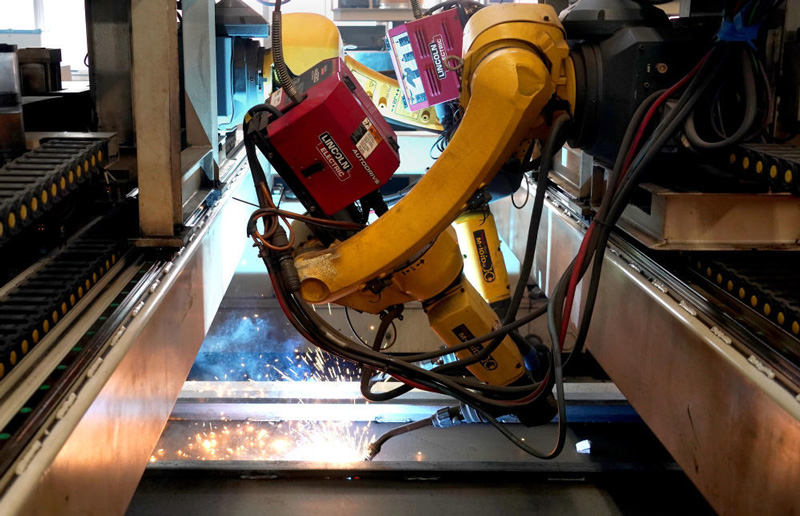
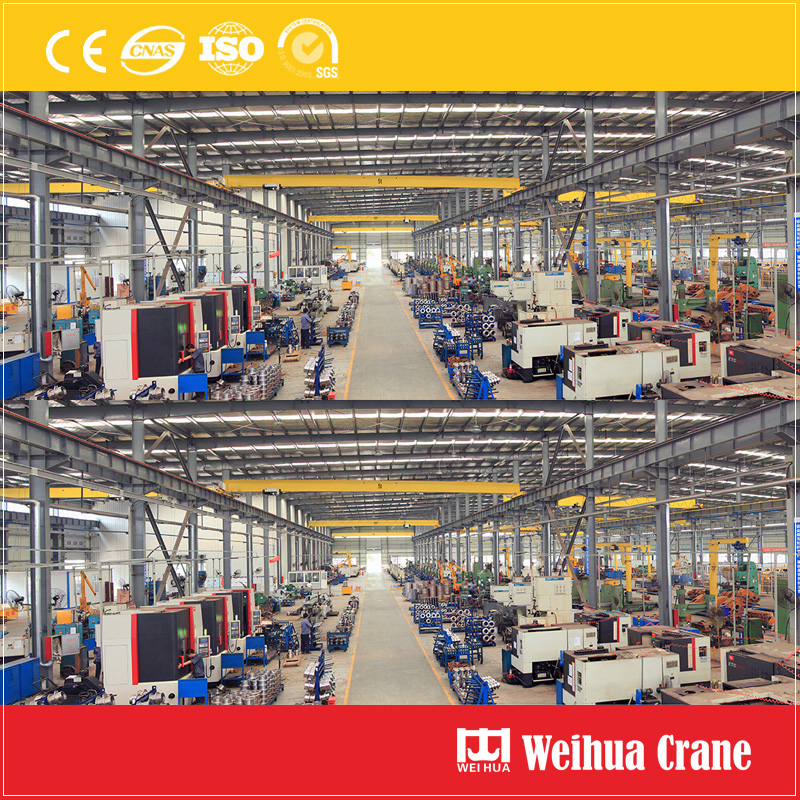
الرافعة الكهربائية للتعدين هي أكثر بكثير من مجرد قطعة من معدات الرفع; إنه الجهاز الدوري الحيوي لمنجم تحت الأرض. الاستثمار في تصميم جيد, قوي, ونظام الرفع الكهربائي المتقدم تقنيًا هو استثمار في السلامة, كفاءة, والنجاح التشغيلي الشامل. من خلال تقييم متطلبات الحمل بعناية, دورات العمل, عمق, وميزات السلامة الهامة, يمكن لمشغلي التعدين اختيار الرافعة التي توفر أداءً موثوقًا به يومًا بعد يوم, الحفاظ على سلامة الأفراد وانتقال المواد بكفاءة من الأعماق إلى السطح.
نحن نقدر ملاحظاتك! يرجى إكمال النموذج أدناه حتى نتمكن من تخصيص خدماتنا حسب احتياجاتك المحددة.
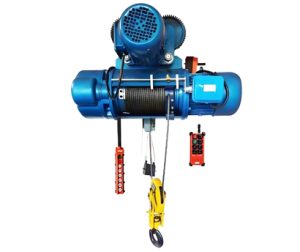
كمنتج أساسي للرافعة الكهربائية الصغيرة, 1/2 رافعة السلسلة الكهربائية طن مناسبة ل……

تستخدم وحدة محرك التردد المتغير المتغير المتغير المتغير السريع للروايات الكهربائية infineon igb .......

ال 1 يعد رافعة سلسلة Tonne Electric مثالية لمهام الرفع الصغيرة والمتوسطة الحجم بسبب T .......
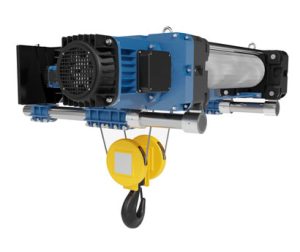
وايهوا 1 يجمع الرافعة السلسلة الكهربائية للطن مع التحكم عن بُعد بين الهندسة الموثوقة, .......
